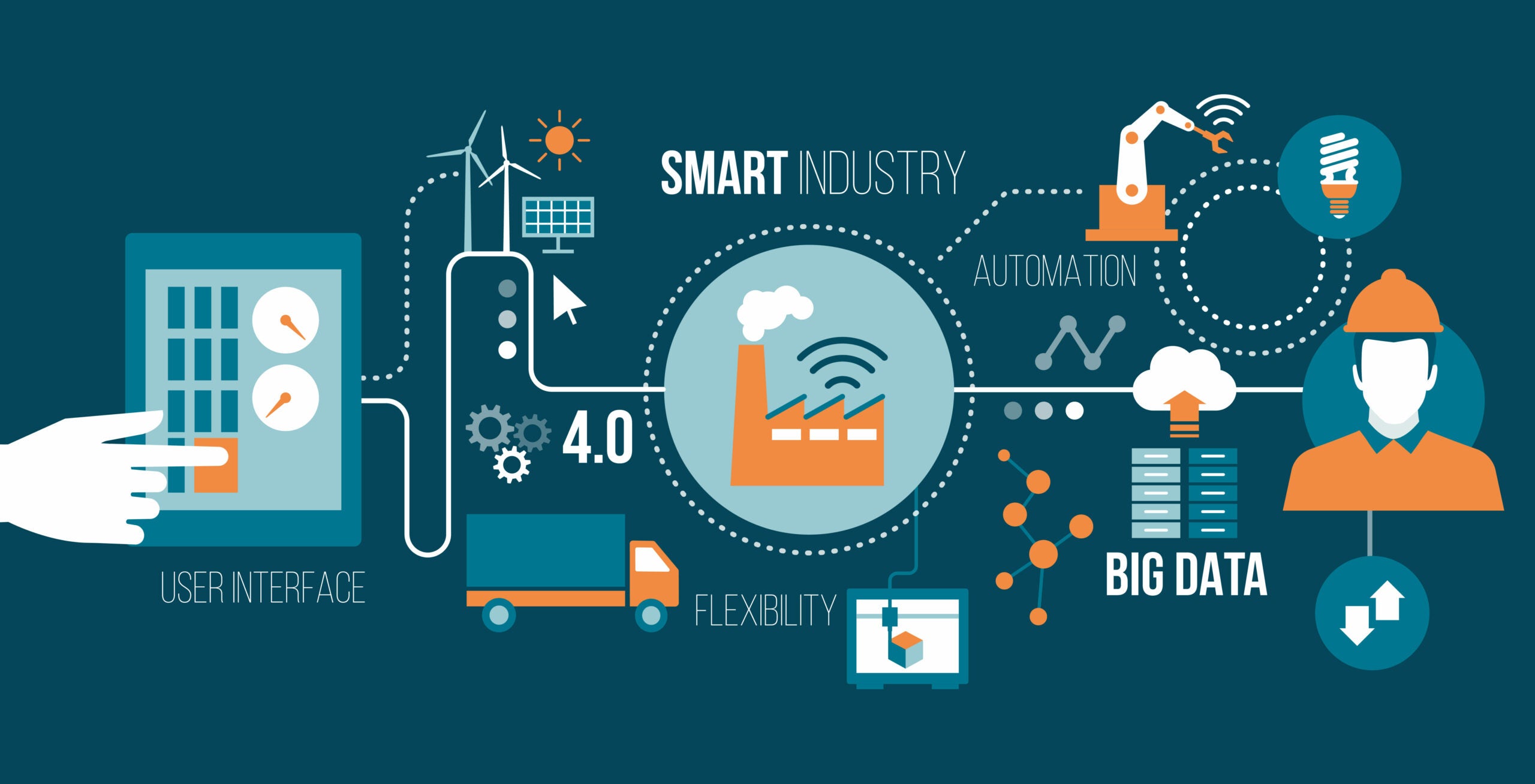For large companies in utilities, mining and other heavy industries, it’s a time of upheaval in IT. Investments made in large, monolithic applications over the past 25 years are now reaching — or are well past — their end of life. At the same time, exciting new technologies like the Internet of Things (IoT) beckon. But not everyone is ready to adopt these new technologies — or knows how to do so effectively.
While IT environments are rapidly moving to the cloud, so are hiring practices. A generation of business and IT users are reaching retirement age. They’re being replaced by contractors who come and go. At the same time, a new generation of Millennial workers are fluent in modern technology but don’t have the patience for enterprise software designed a decade ago.
These challenges are being felt perhaps most acutely in the Asia-Pacific market, which is leading the world in its adoption of IoT.
A recent survey by Forbes found that companies in Australia and New Zealand were more progressive in developing IoT programs than their international peers. Companies from the Asia-Pacific region were also more likely than other companies to invest in IoT for generating incremental revenue instead of merely for cost savings (87 percent versus 60 percent).
At the same time, Australian and New Zealand companies are experiencing staffing pains as a result of these forward-thinking investments. Of companies in the region, 43 percent lack the personnel required to handle the influx of data from IoT devices. This problem is experienced only by 29 percent of companies worldwide.
Project Management, Change Management and Data Integration
How to address these challenges? From my work in heavy industries, I’ve come to think in terms of three key practices for steering digital transformation initiatives like the IoT. They include project management, change management and data integration.
Whether you’re rolling out a new IoT initiative or adopting a new cloud application, you need to be able to manage your IT projects in a controlled way. You must keep track of hardware, software, people and designs, and ensure that everything comes together smoothly and on time.
Let’s not forget the importance of change management here either. If you’re adopting IoT and altering your operations, you need to be able to plan effectively, engage employees, and transform not just IT systems but also organizational culture.
Data integration is often an afterthought for CIOs and IT architects. It’s easy to focus on the new stuff you’re building out — the amazing IoT project that’s going to deliver so much more data about your delivery fleet, your wind farm or your manufacturing floor.
Time and again, however, I’ve seen companies focus on bold operational plans without thinking through the data integration required to make those bold plans achievable and those devices as useful as possible.
Bring Insight to the IoT With Integration
Whether you’re focusing on the new or the old, whatever you’re working with is only going to succeed if you can integrate with what you already have.
Those new IoT projects? They’re delivering torrents of data — data flows that are bound only to increase exponentially in the coming years. How are you collecting this data, transforming it, streamlining it, and, ultimately, analyzing it so you can turn it into insights you can act on?
How do you turn the IoT into ToI (Things offering Insights)? That’s a data integration and data management issue. What about those old applications, the bloatware you’re replacing with new cloud apps? The new stuff only works if it’s tied into your current workflows and processes.
New cloud applications reach their full potential only if their data can be delivered in a predictable, easily understood way to your employees, contract workers and partners. Temporary employees brought in to help with special projects can’t spend three months learning your customized enterprise asset management (EAM) or enterprise resource planning (ERP) application.
Instead of treating integration as an afterthought, it’s got to become the premise, the foundation for all the projects and changes your organization is taking on to modernize, accelerate and evolve.
Do you want agility and efficiency? You only get those things when everything is connected, working smoothly, and those gigabytes or terabytes you’re getting from your new IoT investments are reaching users who know how to act on them.
Strategies for Creating a Best-of-Breed IoT Infrastructure
Here are four strategies I have developed from my experience tackling project management, change management and data integration challenges. By mastering your integration needs, you can create an agile and scalable best-of-breed infrastructure capable of supporting new IoT initiatives.
- Put integration near the top of your list.
You’ve picked the perfect EAM application, but it’s only going to be able to support your operation if it’s integrated with everything else. And if you’re working with IoT, you going to be doing a lot of integration over the coming years, in part because each generation of IoT technology is expected to last only two to three years. Find an integration platform that’s going to work for all your needs — one that connects your critical applications, as well as supports IoT devices and edge gateways. - Keep workflows as simple as possible.
While you’re rebuilding your infrastructure, you’re likely to be rebuilding your workforce as well. You need to keep training times short and productivity high. Modern UI designs, intelligent workflows and automated decision-making can help make your workforce management processes more fluid and effective. - Build for scalability.
IoT and other edge computing initiatives are going to increase your data volumes substantially. You’ll most likely need to rethink your infrastructure and operations as a result. Where will you collect data? Where will you transform it? What should be done close to the edge, and what should be centralized? Getting the answers to these questions right is critical for building an infrastructure that supports business goals and delivers the maximum return on your IoT investment. - Design for better outcomes.
IoT and other new technologies such as artificial intelligence deliver high volumes of data, but that data is really only useful if it leads to better results for employees and customers. Don’t get lost in the plumbing of your new IT infrastructure. Remember that you’re trying to deliver better outcomes, whether you are managing a hospital, an oil refinery, a power plant or a factory floor. How can you get the most out of the data you’re collecting? To deliver the results you need, does that data need to be analyzed or transformed? If so, where? Hone the design of your infrastructure to ensure it delivers actionable insights and operational agility.
At Boomi we’re working with customers around the globe, helping them modernize their applications and build agile, high-performance connected businesses that can take full advantage of the IoT. Boomi provides a unified, comprehensive low-code platform for data integration, API management, data management, edge-based data transformation, and more.
If you would like to know more about how Boomi is helping companies in the Asia-Pacific region with IoT and other digital transformation initiatives, please reach out to me through Linkedin or contact Boomi directly.
About the author: Steven Muir-McCarey is Boomi’s enterprise account executive in the Asia-Pacific Region.








